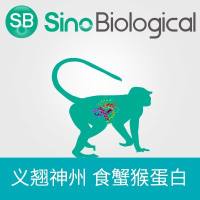Tissue Microarrays
互联网
913
The rate of discovery of new genes involved in cancer and other diseases has increased heavily. The demand for analyses of these new genes in diseased tissues, especially human tumors, has grown at the same pace. To identify the most significant ones among all the emerging candidate cancer genes, it is often necessary to analyze a high number of genes in a high number of well-characterized tumors. Hundreds of tumors must be analyzed for each gene to generate statistically meaningful results. This leads to a massive workload in involved laboratories. Moreover, the analysis of multiple genes results in a critical loss of precious tissue material because of the number of conventional tissue sections that can be taken from a tumor block does usually not exceed 200–300. The tissue microarray (TMA) technology does significantly facilitate and accelerate tissue analyses by in situ technologies (1 ,2 ). In this method, minute tissue cylinders (diameter: 0.6 mm) are removed from hundreds of different primary tumor blocks and subsequently brought into one empty “recipient” paraffin block. Sections from such array blocks can then be used for simultaneous in situ analysis of hundreds to thousands of primary tumors on the DNA, RNA, and protein level. The TMA technique has a number of advantages as compared to the “sausage” block technique that was introduced more than 10 yr ago (3 ). The cylindrical shape and the small diameter of the specimen taken out of the donor block maximizes the number of samples that can be taken out of one donor block and minimizes tissue damage.







